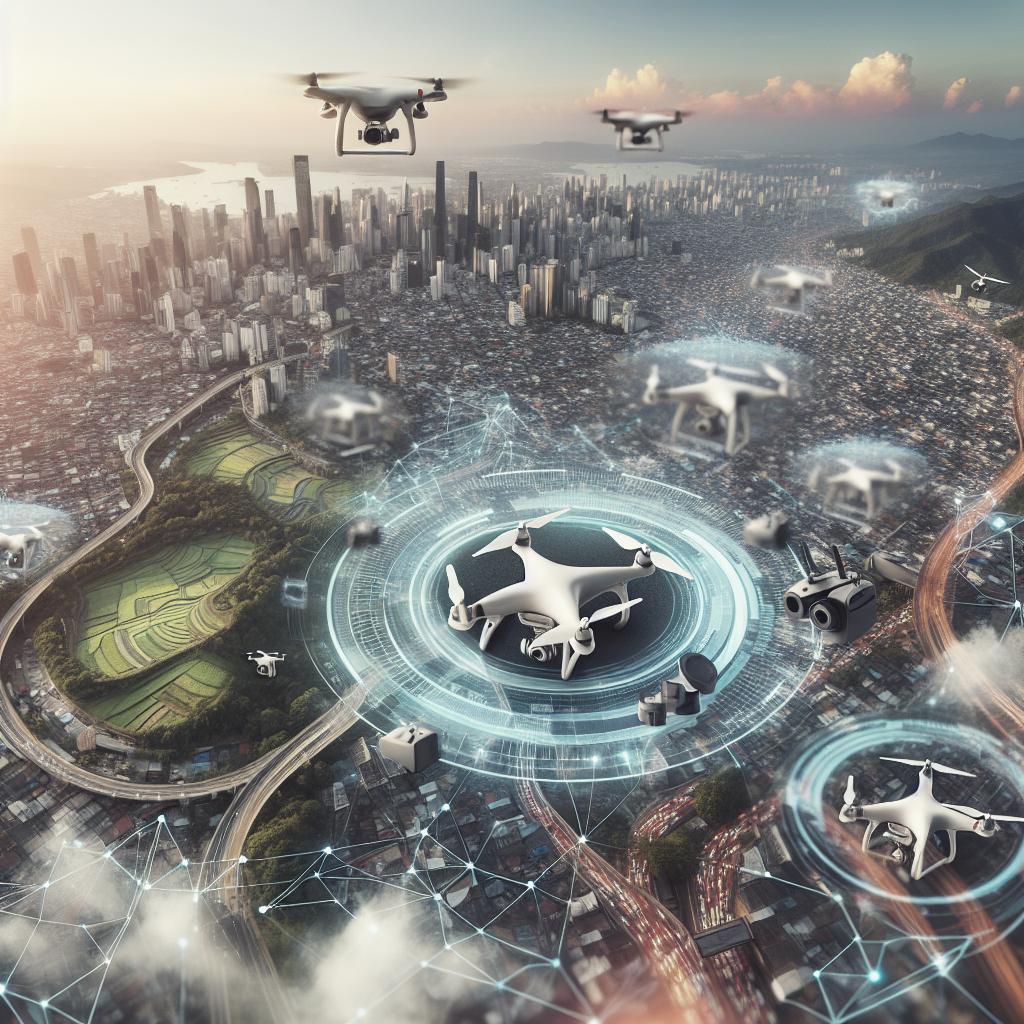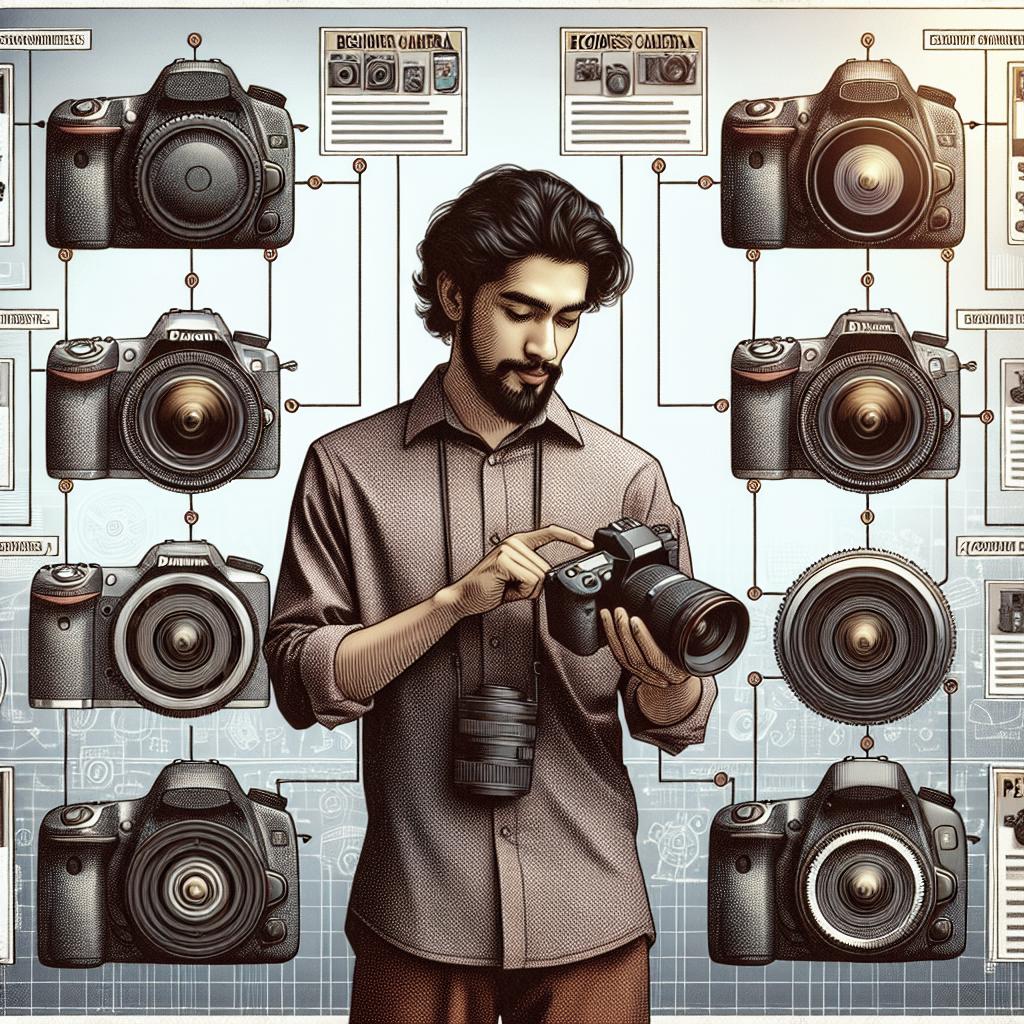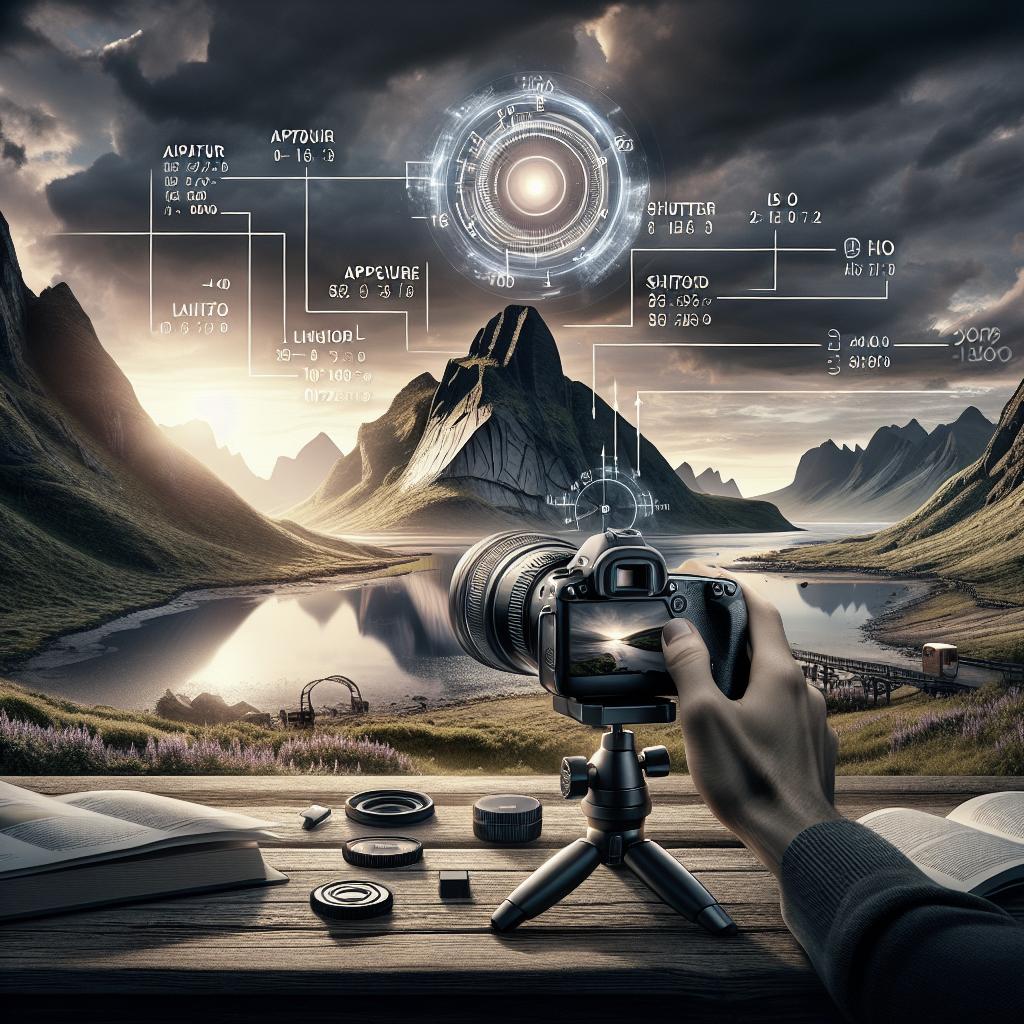“`html
What are the Trends in Aerial Photography?
Aerial photography has undergone significant changes in recent years, transforming from a niche hobby to a mainstream profession. This shift owes much to technological advancements such as drones and evolving software capabilities. As the demand for aerial imagery increases across various industries, understanding current trends is crucial for both enthusiasts and professionals. In this article, we’ll explore the most noteworthy trends that are influencing this dynamic field, from improved drone technology to the integration of artificial intelligence. We’ll also look at how these trends are shaping commercial photography and what they mean for the future of capturing images from above.
Rate this article
Aerial photography has captivated audiences globally, making it crucial to grasp contemporary trends that are expanding its reach and application. Whether you are a professional photographer or someone fascinated by technology, staying informed about these trends is essential.
As aerial photography grows, it naturally invites feedback and critique. Your insights can contribute to the field’s advancement by helping to identify strengths and areas for improvement. By rating this article, you offer valuable feedback which sheds light on emerging trends and technologies within aerial photography.
Thanks for your feedback
Your feedback is instrumental in refining our content and embracing new trends in aerial photography. It allows us to tailor our discussions to better meet your interests and needs—ensuring that future topics include the latest technological advancements and artistic approaches.
We appreciate your input and are committed to delivering content that resonates. Our goal is to spark curiosity and keep our audience engaged, as we explore the ever-evolving landscape of aerial photography.
Tell us more
Your thoughts and experiences in aerial photography are invaluable. If you’re a professional or enthusiast, sharing your journey can inspire others and create a richer understanding of this exciting field. Whether it’s a memorable shoot or a breakthrough using new technology, your story matters.
We invite you to share what trends you find most impactful. Are there new techniques that have transformed your practice, or is there a particular technology you find indispensable? Let us know, and let your voice enrich this dialogue on aerial photography trends.
More articles on Commercial Photography
As aerial photography becomes increasingly commercialized, its impact on industries such as real estate, agriculture, and filmmaking continues to grow. Our additional resources provide in-depth insights into how these changes are influencing commercial practices and economic landscapes.
For those seeking to expand their knowledge in commercial photography, exploring articles that delve into specific industry applications of aerial photography can illuminate the vast potential of this technology. Stay informed as we cover the intersection of technology and business practices.
Are you sure you want to delete your contribution?
Contributions are central to the evolution of aerial photography. Deleting a contribution could mean removing valuable insights or groundbreaking ideas that could inspire others or lead to innovative breakthroughs in the field. Before you decide, consider the impact your contribution might have.
If you still wish to proceed, perhaps you could first share your insights elsewhere or archive them for future retrieval. Keep in mind, every thought shared has the potential to shape or inspire within the community or industry.
Are you sure you want to delete your reply?
Replies foster community and discourse among photographers and enthusiasts alike. When you engage in discussions, you not only contribute to your understanding but also aid others in exploring new perspectives and technologies.
If choosing to delete, consider whether your thoughts could enlighten someone about an innovative approach or a newly discovered trend. Every conversation enriches our collective understanding of aerial photography.
1
The advancement of drone technology is a pivotal trend in aerial photography. Modern drones come equipped with sophisticated cameras, improved flight stability, and longer battery life, enabling photographers to capture high-quality images with greater ease than ever before.
Additionally, the affordability and accessibility of drones have democratized aerial photography, allowing anyone with a keen interest to explore new perspectives. This accessibility has broadened the field, leading to diverse applications and aesthetic explorations.
2
Artificial intelligence (AI) is revolutionizing aerial photography. Advanced software can now automate various processes, from flight patterns to image enhancement, making it easier for photographers to achieve professional-grade results.
Machine learning algorithms enable drones to autonomously track subjects, avoid obstacles, and even recognize and capture the best angles. As AI continues to evolve, its impact on aerial photography will likely expand, offering more creative possibilities.
3
Data capture and analysis have become increasingly integrated into aerial photography. Photographers and industries utilize drones not just for beautiful imagery, but for gathering geospatial data, conducting surveys, and monitoring changes over time.
In sectors like agriculture and urban planning, the ability to quickly collect and analyze data from above can lead to more informed decision-making and more efficient processes. This trend underscores the growing importance of data in photography.
4
Environmental awareness has influenced trends in aerial photography, with a focus on ecological and conservation applications. Drones are utilized to monitor wildlife, assess environmental impacts, and support conservation efforts.
This application of aerial photography not only contributes to scientific research but also raises awareness of environmental issues, leveraging the power of visual storytelling to inspire change and action.
5
Virtual tours and immersive experiences are becoming more prevalent as aerial photography is adapted for the digital age. 360-degree panoramas and virtual reality (VR) experiences allow audiences to explore environments from unique vantage points.
This technology enhances user engagement and interactivity, offering new ways for industries like tourism and real estate to showcase properties and destinations, thereby creating more dynamic narratives.
6
Regulatory changes are affecting the landscape of aerial photography. As the popularity of drones rises, so does the need for legislation to ensure public safety and privacy. This means photographers must stay informed about new laws governing drone usage.
Compliance with regulations is not only a legal requirement but can also involve ethical considerations, impacting how and where aerial photography is conducted. Photographers must navigate this evolving terrain with mindfulness and adaptability.
7
Community and collaboration are vital aspects in the advancement of aerial photography. Online platforms and forums allow for the sharing of insights, tools, and techniques, fostering a collaborative spirit among photographers.
As the community grows, it promotes innovation and creativity through shared learning experiences and collaborative projects, making aerial photography a more inclusive and expansive field.
Final Thoughts
| Trend | Impact |
|---|---|
| Advancement of Drone Technology | Enhanced accessibility and diverse applications |
| Integration of Artificial Intelligence | Automated processes and expanded creative possibilities |
| Data Capture and Analysis | Improved decision-making and efficiency in industries |
| Environmental Awareness | Support for conservation and ecological studies |
| Virtual Tours and Immersive Experiences | Increased engagement and novel exploration methods |
| Regulatory Changes | Impact on legal and ethical considerations |
| Community and Collaboration | Innovation through shared learning |
“`


